In January 1959, a group of experienced hikers embarked on a skiing expedition in the Ural Mountains, a trip that would later become one of the most disturbing and mysterious unsolved tragedies in modern history—the Dyatlov Pass Incident. What began as an ordinary hike soon turned into a horrifying sequence of events that left nine young hikers dead under highly unusual and eerie circumstances.
To this day, the Dyatlov Pass Incident remains a source of endless speculation, with multiple theories attempting to explain what really happened. Was it an avalanche, a military test gone wrong, or something even more sinister? This blog dives into the 9 chilling and terrifying details about the incident that continue to baffle investigators, historians, and conspiracy theorists alike.
Table of Contents
1. The Highly Skilled Group
The group of hikers involved in the Dyatlov Pass Incident were not amateurs. They were nine university students and graduates from the Ural Polytechnical Institute, led by Igor Dyatlov, a highly experienced hiker. They were all well-versed in winter trekking and equipped for the grueling Category III hike to Otorten Mountain.
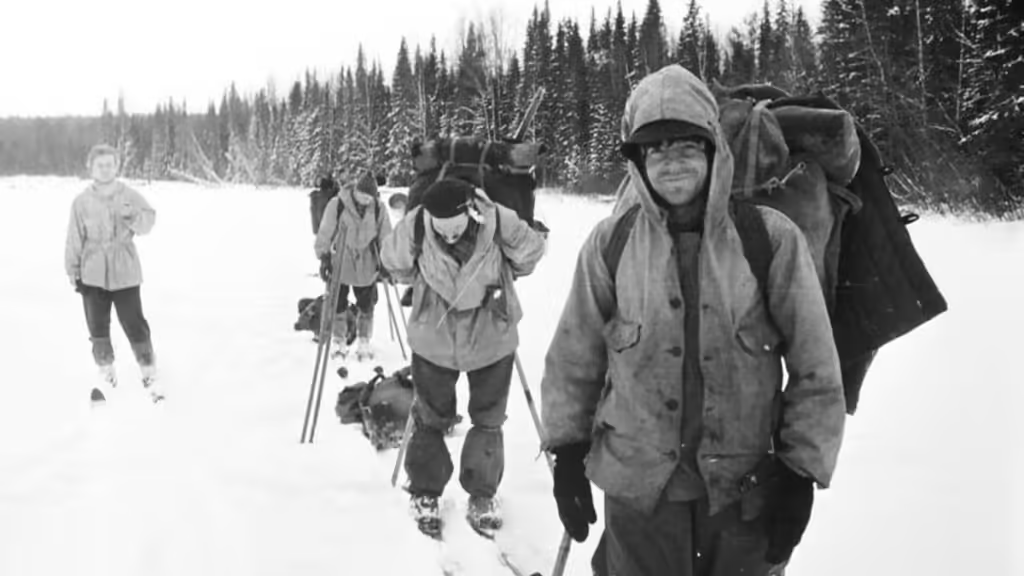
These were not individuals prone to recklessness or poor planning. In fact, their level of expertise makes the events that unfolded even more perplexing. For a group with such experience, their disorganized and chaotic deaths raise numerous red flags about what could have forced them into such a desperate and seemingly irrational escape from their tent.
2. The Strange Tent Scene
When rescuers finally located the camp on February 26, 1959, they found the hikers’ tent had been slashed open from the inside. This indicated that the group, for some inexplicable reason, had cut their way out of their own tent in a state of panic.
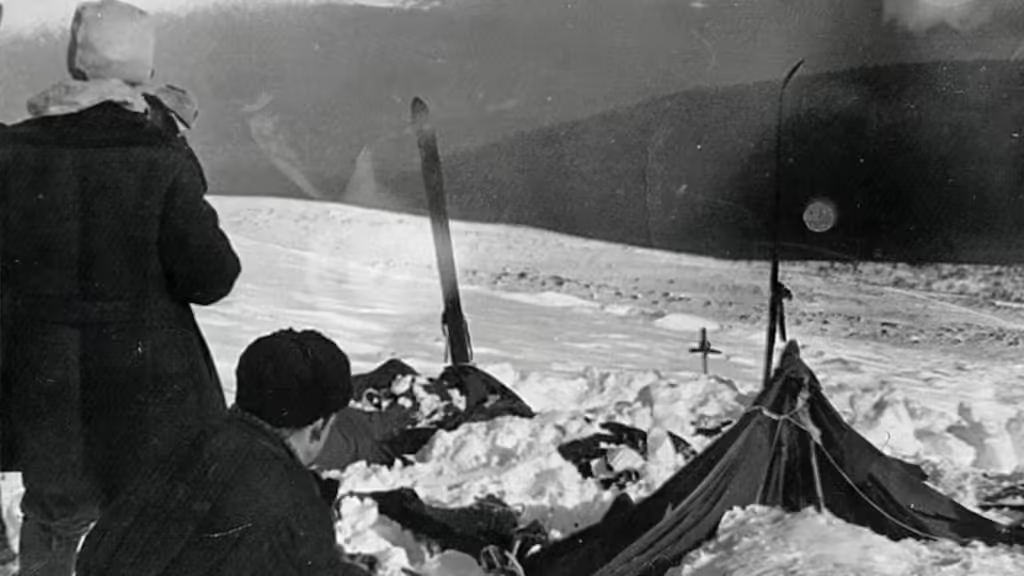
Even more unsettling was the fact that they had left the tent without adequate clothing or shoes despite temperatures that plummeted to -30°C (-22°F). Some were found in socks, while others were partially dressed, which strongly suggests that they fled the tent in a state of terror. But from what? This remains a crucial and unresolved question in the Dyatlov Pass Incident.
3. The Pattern of Footprints
Upon examining the scene, investigators discovered barefoot footprints leading from the tent, scattered in the snow. The tracks indicated that the group had left the tent walking, not running, despite the apparent panic. This adds to the strangeness—why would people calmly walk away from their only shelter in such extreme conditions?
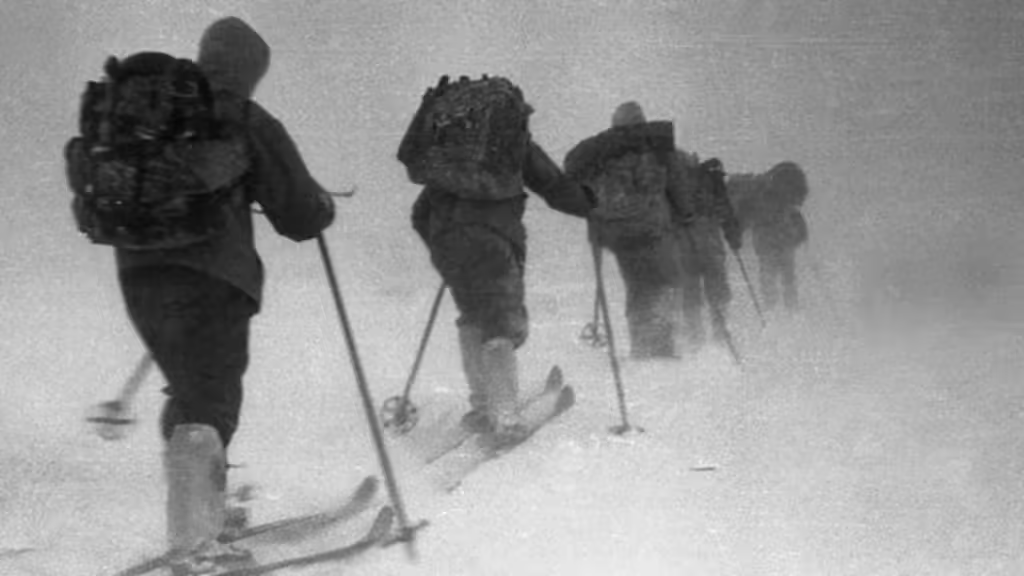
The footprints led toward the nearby forest, where the first two bodies were found. Their calm departure doesn’t fit with the urgency implied by cutting open the tent. This paradox is one of the most confounding aspects of the Dyatlov Pass Incident.
4. The Bodies at the Forest Edge
The first two bodies found—those of Yuri Doroshenko and Georgiy Krivonischenko—were discovered near a cedar tree, approximately 1.5 kilometers from the tent. Both were nearly naked, wearing only underwear, and showed no signs of external trauma. Yet, their bodies were positioned near a hastily constructed fire, suggesting they had tried to survive by keeping warm.
Their hands were heavily bruised and scratched, possibly from climbing the tree in desperation. Nearby, the broken branches of the cedar tree indicated that at least one of the hikers had climbed it, either in an attempt to escape or to get a better view of something frightening coming their way.
5. Bizarre Injuries to the Remaining Hikers
The bodies of the remaining hikers were discovered in various locations and conditions, all displaying strange and inconsistent injuries. Igor Dyatlov, Zinaida Kolmogorova, and Rustem Slobodin were found closer to the tent, and all had died from hypothermia. However, Slobodin’s body showed a significant skull fracture that didn’t seem to align with his death due to exposure.
The last four hikers were discovered two months later in a ravine, buried under four meters of snow. The injuries found on Lyudmila Dubinina, Alexander Kolevatov, Semyon Zolotaryov, and Nikolai Thibeaux-Brignolle were nothing short of disturbing. They had suffered severe trauma: Dubinina and Zolotaryov had crushed ribs, and Thibeaux-Brignolle had a major skull fracture. Yet, these injuries were consistent with the kind of force associated with a car crash, not something expected in a hiking scenario.
To make matters even stranger, Lyudmila Dubinina was missing her tongue and eyes, and her body had unusually high levels of radiation on her clothing. While these injuries could be explained by natural decomposition, their abnormal nature continues to fuel conspiracy theories about the Dyatlov Pass Incident.
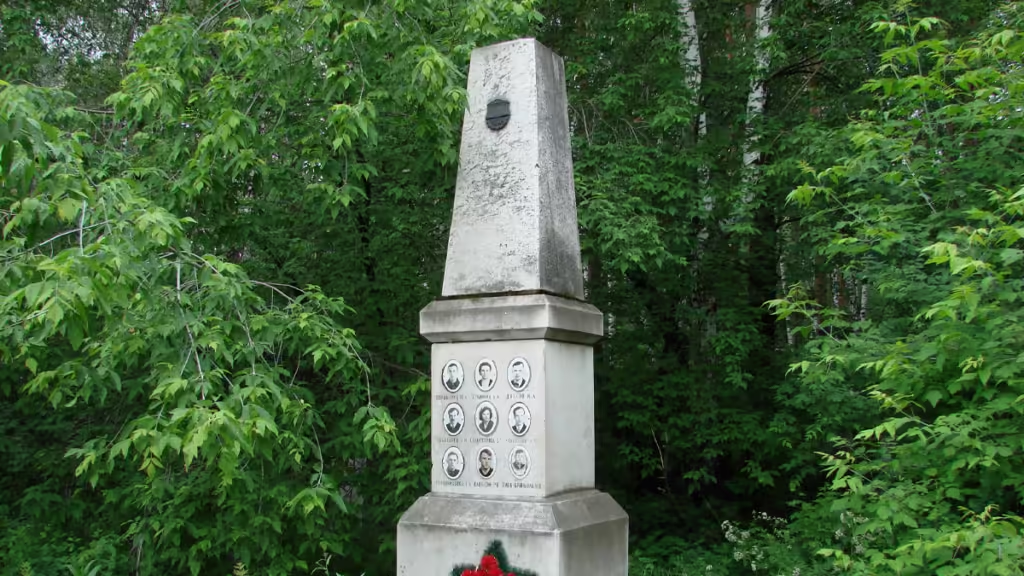
6. Possible Military Involvement
One prominent theory surrounding the Dyatlov Pass Incident is that the hikers accidentally stumbled upon a secret Soviet military test, possibly involving parachute mines or experimental weapons. Some of the hikers’ clothes were found to have trace amounts of radiation, supporting this theory. Additionally, witnesses reported seeing strange orange orbs in the sky around the time of the incident, which many believe were Soviet test missiles or other unidentified aerial phenomena.
This military theory also explains why the Soviet authorities were quick to classify the case and why investigations were obstructed. Although officials reopened the investigation in 2019, they stuck to the explanation of an avalanche being the likely cause, but many still question this conclusion.
7. Avalanche or Not?
The avalanche theory is the most common explanation offered by authorities about the Dyatlov Pass Incident. It suggests that a small avalanche caused the hikers to flee the tent in panic, leaving behind their clothes and supplies. The injuries to some of the hikers, like the chest trauma, could potentially be explained by the pressure of snow collapsing on top of them.
However, there was no clear evidence of an avalanche at the site. The footprints found were orderly, and the tent itself was still partially standing when it was discovered. Avalanches typically leave signs of large-scale displacement of snow, which were absent in this case, further casting doubt on this explanation.
8. Infrasound and Panic
Another intriguing theory about the Dyatlov Pass Incident is that the hikers may have been affected by infrasound, a low-frequency sound wave that can cause anxiety, discomfort, and panic in humans. The specific geographical conditions of the pass could have created a vortex, producing infrasound that disoriented the hikers and led them to irrational behavior, such as fleeing their tent without adequate clothing.
While the infrasound theory might explain the panic, it doesn’t account for the severe physical injuries some of the hikers suffered.
9. The Persistent Mystery
Despite numerous investigations, including reopening the case multiple times, the Dyatlov Pass Incident remains unsolved. Official explanations such as an avalanche have been met with skepticism, and more far-fetched theories involving military experiments or extraterrestrial encounters persist.
The lack of concrete evidence continues to keep this tragedy firmly rooted in the realm of mystery, ensuring that the Dyatlov Pass Incident remains one of the most chilling and terrifying unsolved events in modern history. Its disturbing details and unsatisfying explanations secure it a permanent spot in the canon of fun facts in history, as people continue to speculate on what really happened to those nine hikers.
Conclusion: An Enduring Enigma
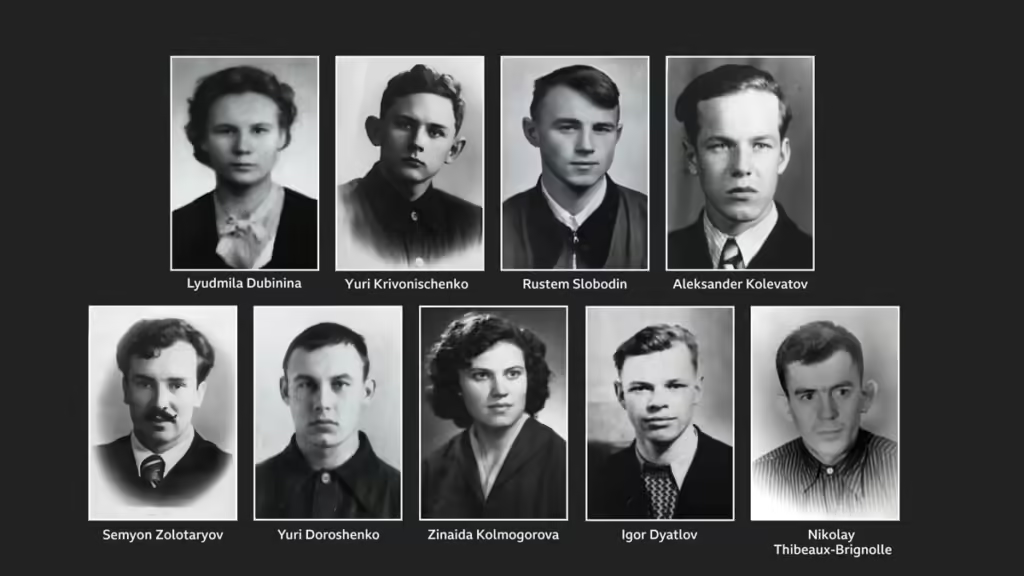
More than 60 years after the tragedy, the Dyatlov Pass Incident continues to captivate and terrify people worldwide. Despite advancements in technology and forensic science, the exact cause of the hikers’ deaths remains an unsolved puzzle. Whether it was a natural disaster, military testing, or something more supernatural, we may never know the true story behind this chilling incident. What is certain is that the mystery will endure, feeding our curiosity and cementing the Dyatlov Pass Incident‘s place in history as one of the most perplexing and terrifying unsolved mysteries of the 20th century.